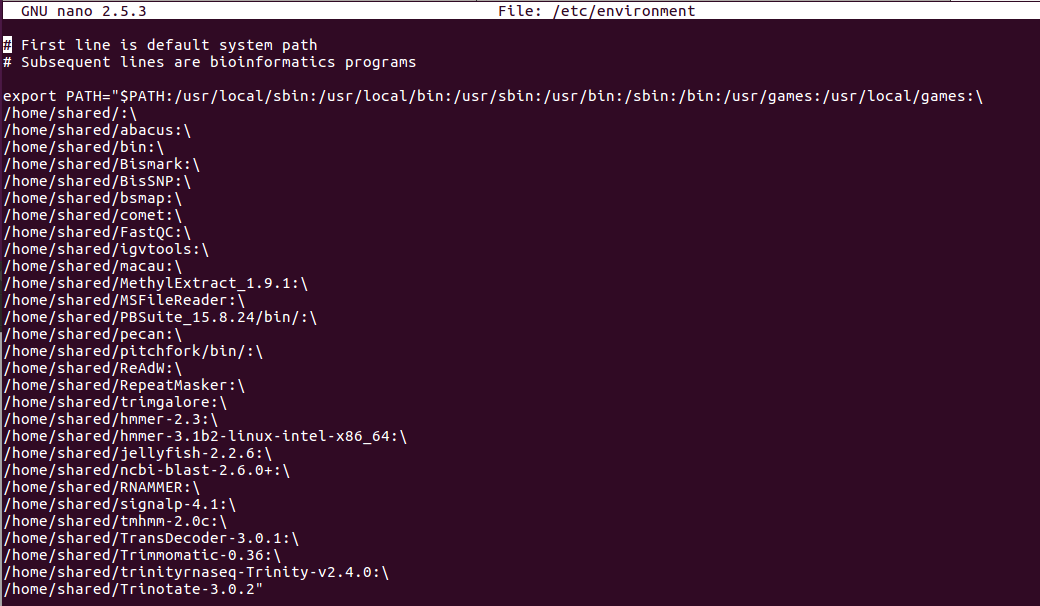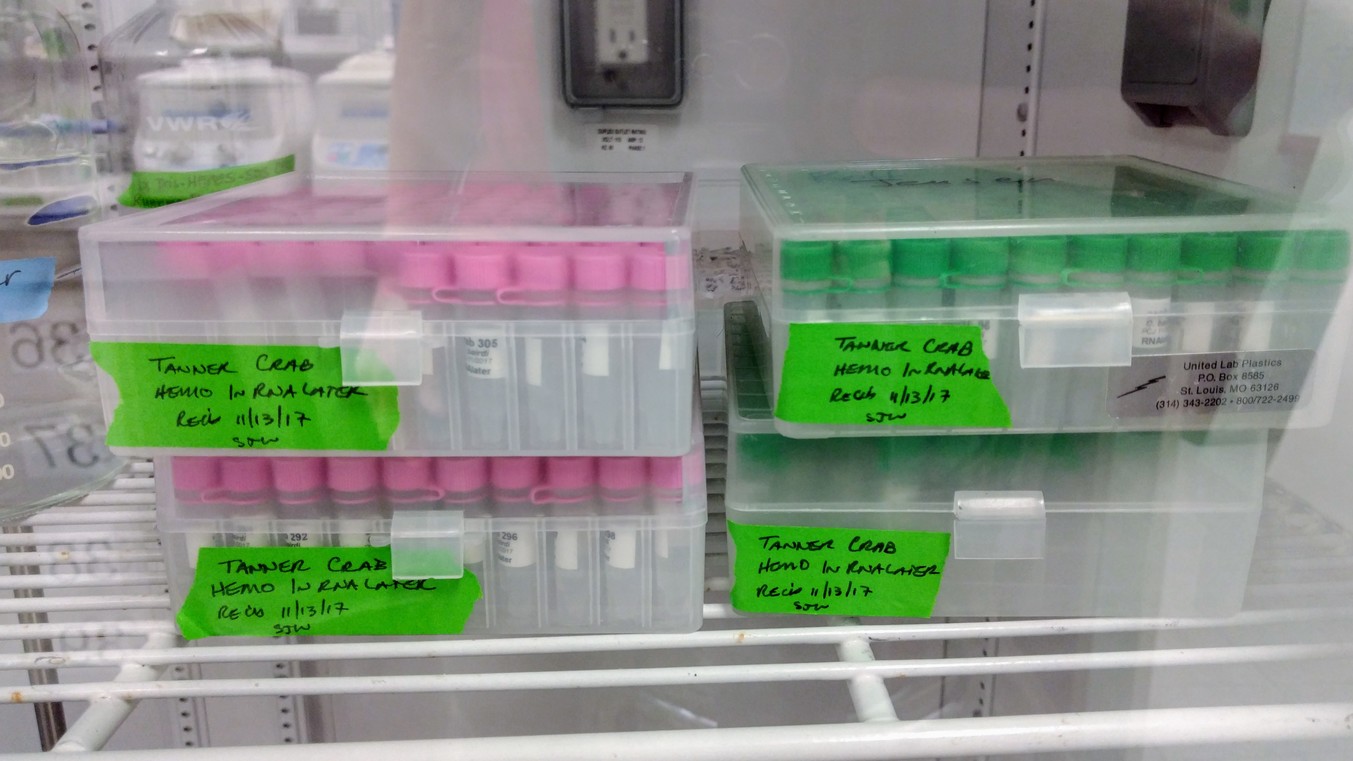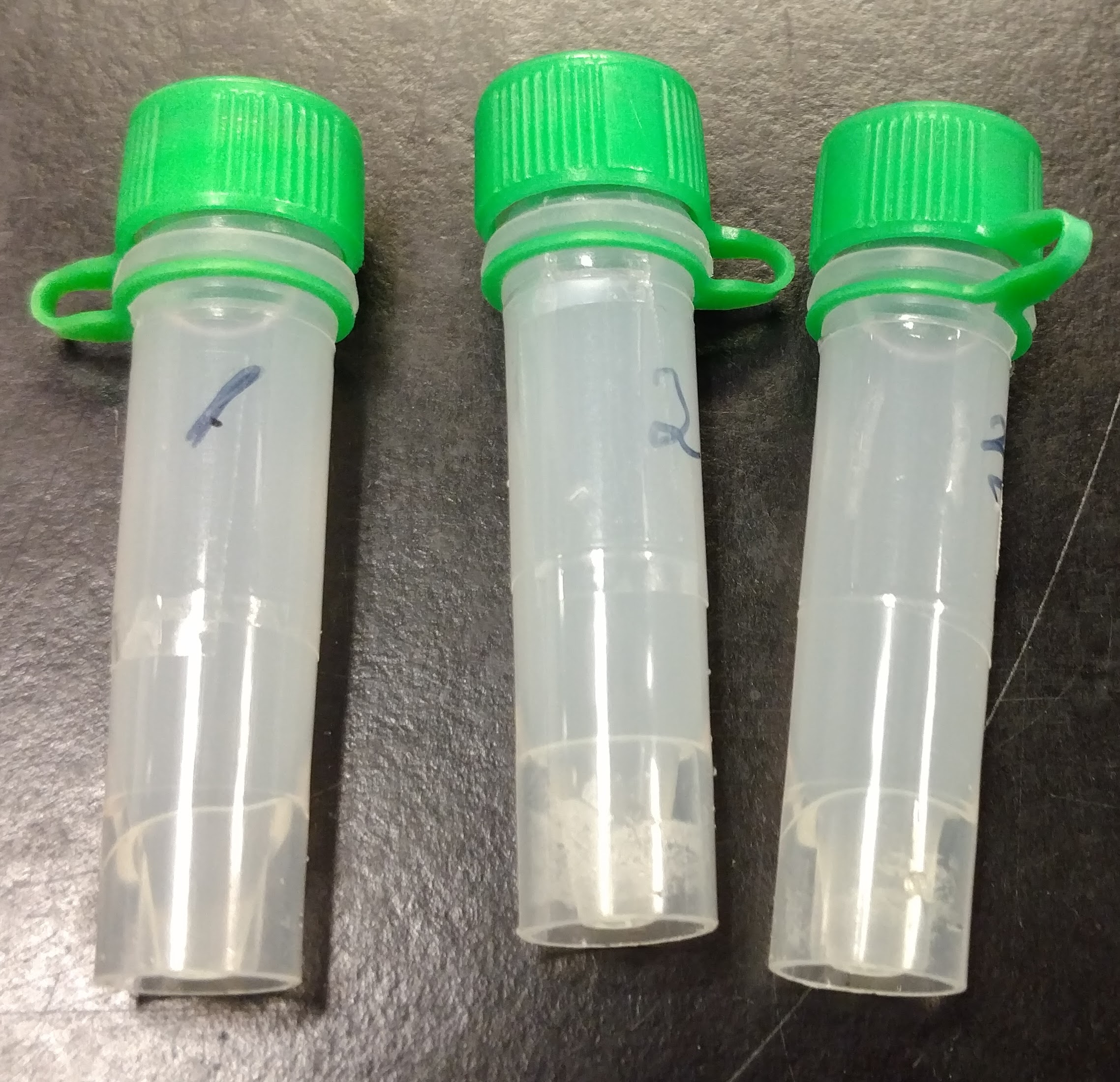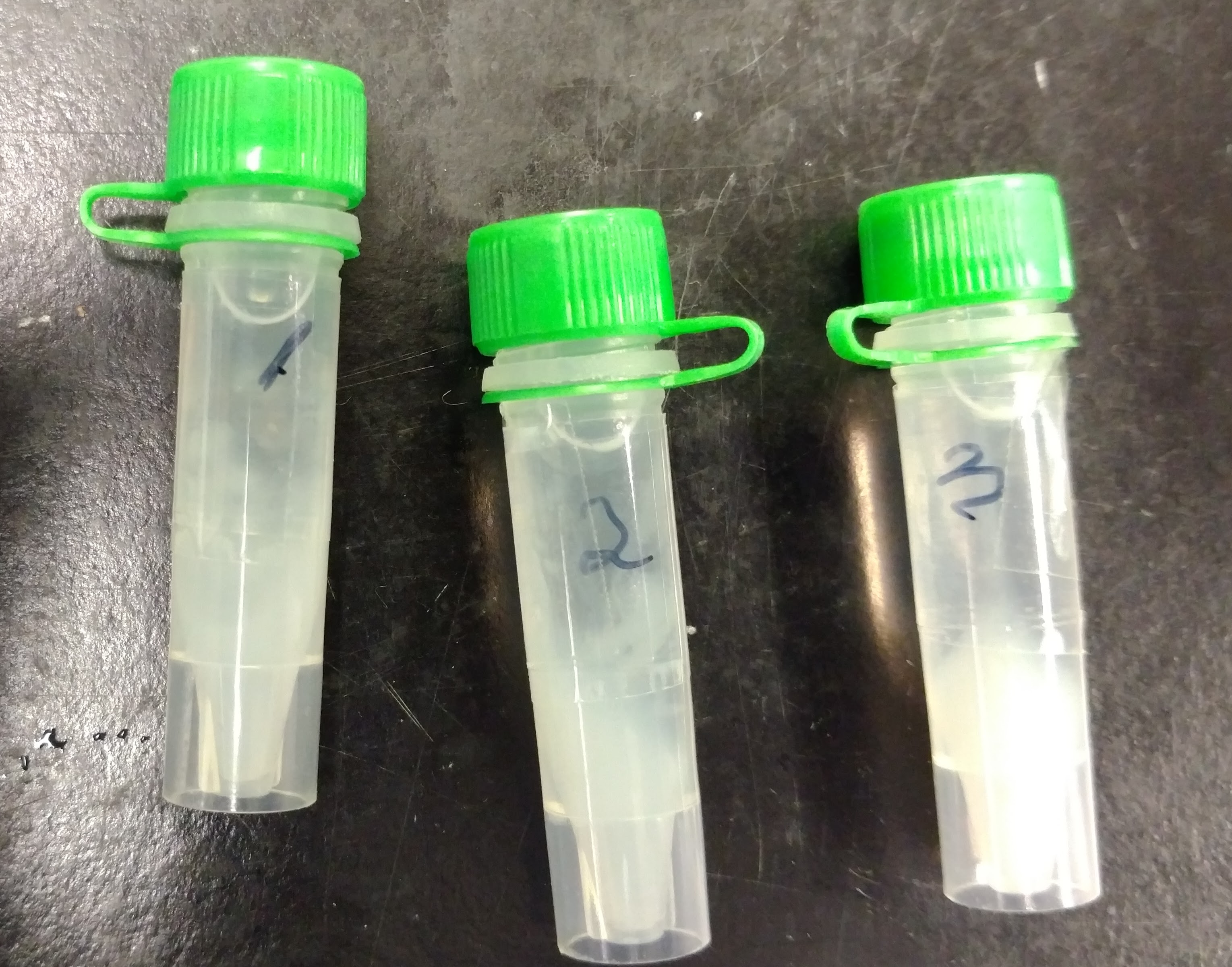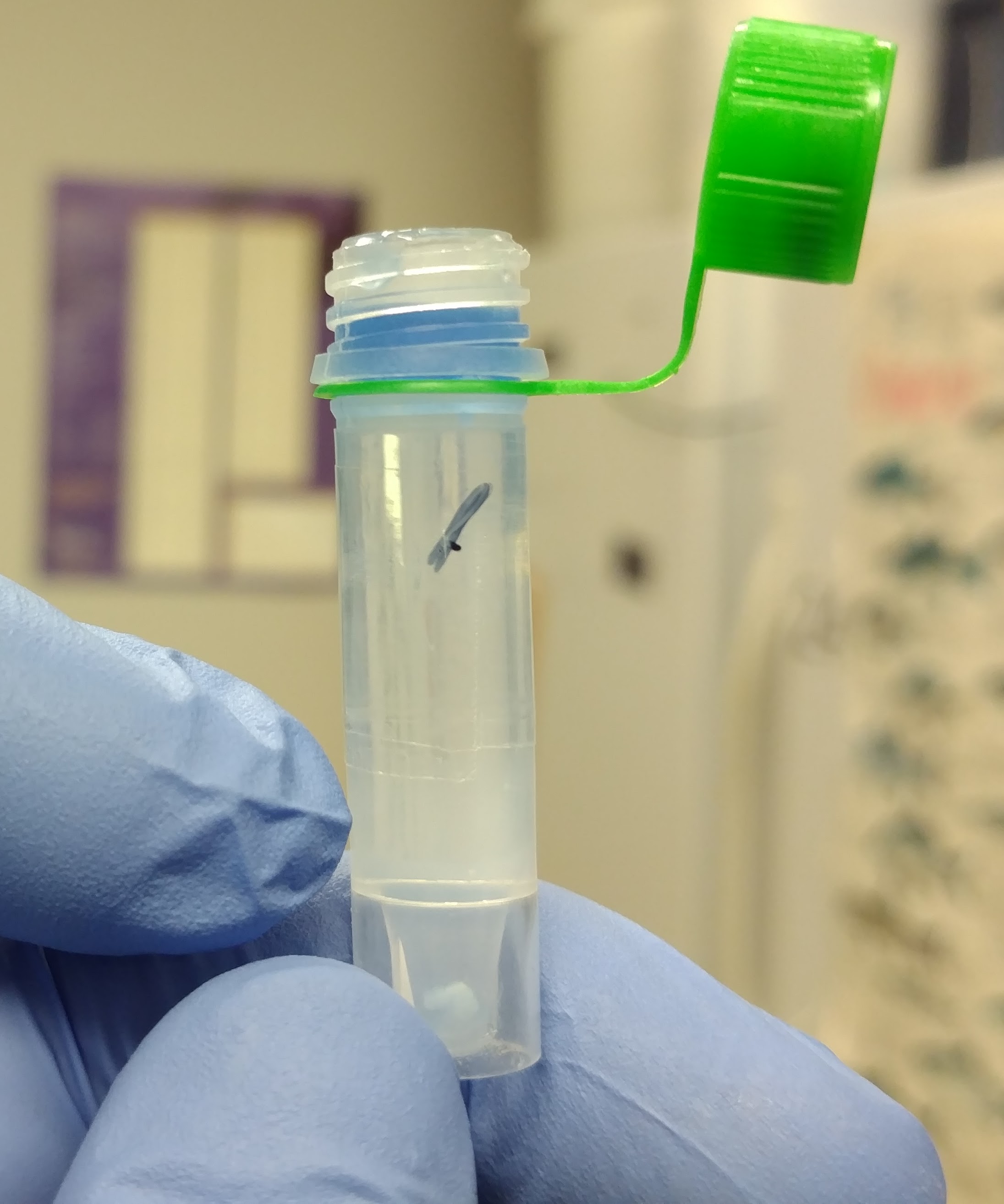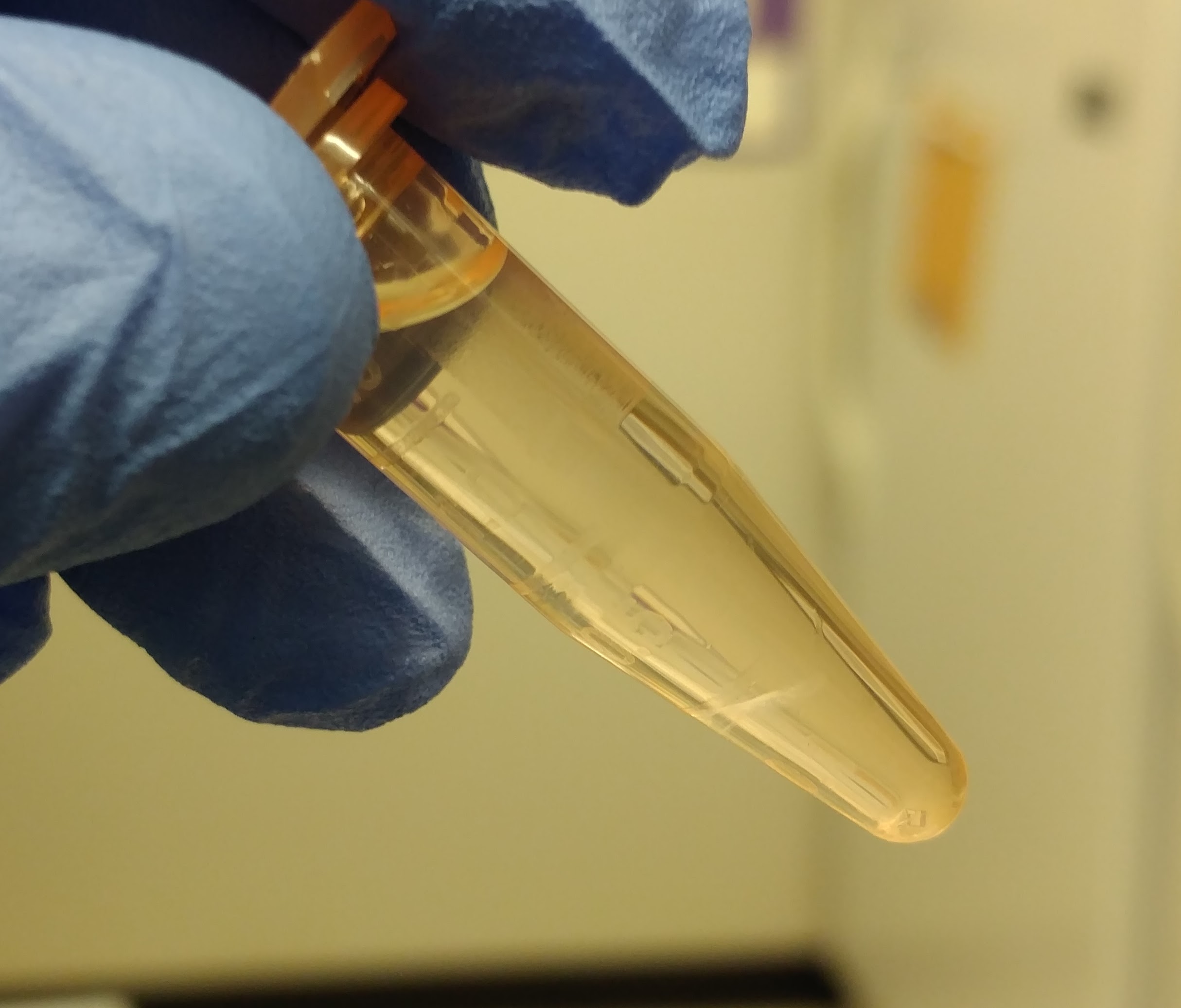List of software that needed installing to run ALPACA:
Installed all software in:
/home/shared/
Had to change permissions on /home/shared/. Used the following to change permissions recursively (-R) to allow all admin (i.e. sudo group) users to read/write in this directory:
$sudo chown -R :sudo /home/shared
Compiled Celera Assembler from source (per the ALPACA requirements). This is the source file that I used: https://sourceforge.net/projects/wgs-assembler/files/wgs-assembler/wgs-8.3/wgs-8.3rc2.tar.bz2/download
Added all software to my system PATH by adding the following to my ~./bashrc file:
## Add bioinformatics softwares to PATH
export PATH=${PATH}:
/home/shared/alpaca:
/home/shared/Bismark:
/home/shared/bowtie2-2.3.3.1-linux-x86_64:
/home/shared/ectools-0.1:
/home/shared/PBSuite_15.8.24/bin:
/home/shared/pecan/bin:
/home/shared/samtools-1.6/bin:
/home/shared/wgs-assembler/Linux-amd64/bin
After adding that info to the bottom of my ~./bashrc file, I re-loaded the file into system memory by sourcing the file:
$source ~/.bashrc
Followed the ALPACA test instructions to confirm proper installation. More specific test instructions are actually located at the top of this file: /home/shared/alpaca/scripts/run_example.sh
Changed Celera Assembler directory name:
$mv /home/shared/wgs-8.3rc2 /home/shared/wgs-assembler
Step 1.
$mkdir /home/shared/test
Step 2.
$cd /home/shared/test/
Step 3.
$../alpaca/scripts/run_example.sh
Step three failed (which executes the run_example.sh script) due to permission problems.
Realized the script file didn’t have execute perimssions so I added execute permissions with the following command:
$sudo chmod +x /home/shared/alpaca/scripts/run_example.sh
Everything tested successfully. Will try to get an assembly running with our PacBio and Illumina data.

